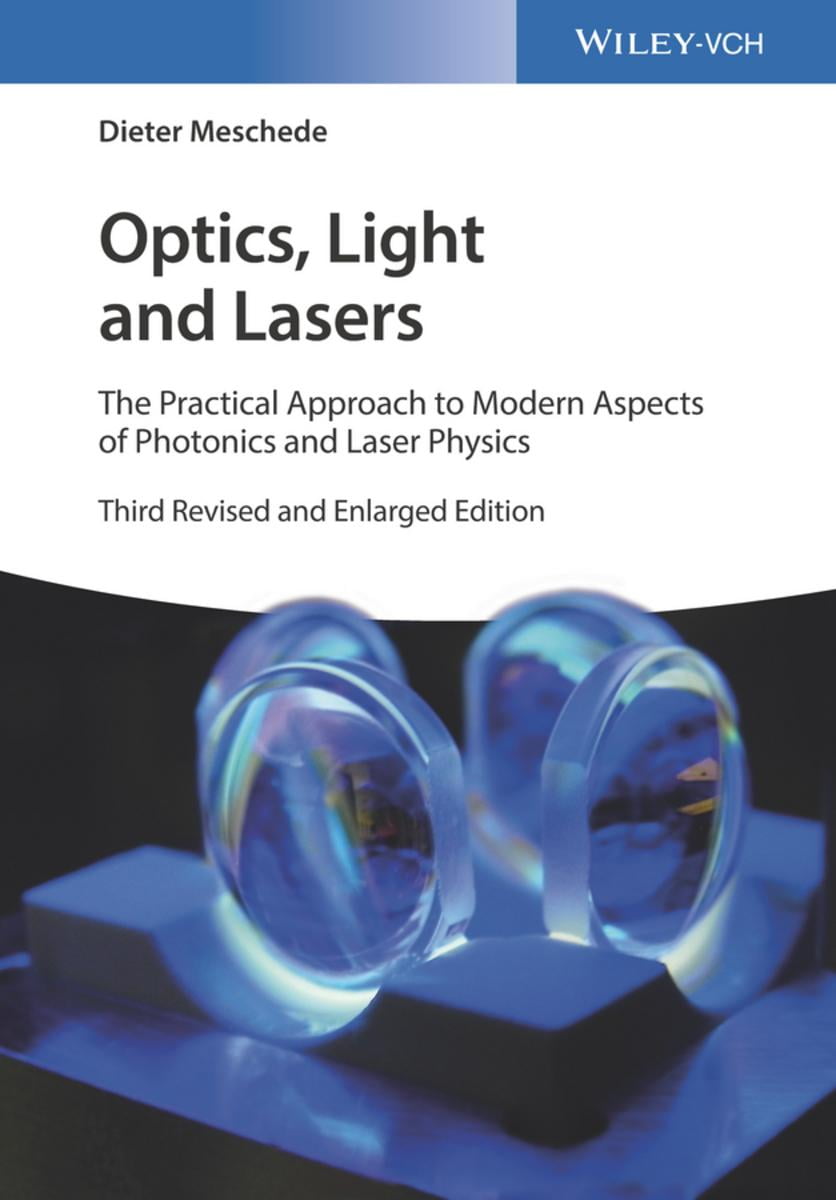Optics, the branch of physics that deals with the behavior and properties of light, is a field steeped in both theoretical intrigue and practical application. It encompasses the study of phenomena such as reflection, refraction, diffraction, and polarization. Lasers, or Light Amplification by Stimulated Emission of Radiation, epitomize the innovative edge of optics. They not only serve as instrumental tools in a plethora of scientific and industrial applications but also symbolize the confluence of abstract theory and tangible utility. This discourse delineates the multifarious domains of optics and lasers, elucidating where light interfaces with the mechanism of power.
The Nature of Light
At the core of optics lies an exploration of light—a form of electromagnetic radiation that is visible to the human eye. The dual nature of light, exhibiting both wave-like and particle-like properties, is foundational in numerous optical phenomena. The wave theory of light, propounded by Thomas Young’s double-slit experiment, illuminates concepts such as interference and diffraction, while the particle aspect, characterized by photons, aids in understanding phenomena like the photoelectric effect. An appreciation of these foundational concepts is crucial for anyone delving into advanced topics of optics and laser technology.
Fundamentals of Optics
The principles of optics can be broadly categorized into geometrical optics and physical optics. Geometrical optics primarily concerns the trajectories light takes, employing lenses, mirrors, and prisms to control paths and create images. The laws of reflection and refraction, quantified in Snell’s Law, facilitate the design of optical devices from simple magnifying glasses to complex telescopes.
In contrast, physical optics addresses the wave phenomena exhibited by light. Herein lies the study of diffraction, which describes how light waves confront obstacles and apertures, leading to intricate patterns of interference. This area also encompasses the understanding of polarization—where the electric field oscillates in a particular direction—which is utilized in 3D cinema and LCD screens.
The Birth and Evolution of Lasers
Lasers revolutionized the landscape of optics starting from their invention in the 1960s. The working principle of lasers is predicated on stimulated emission and population inversion, processes which amplify light coherently. Unlike traditional light sources that emit light incoherently, lasers produce beams that are monochromatic—comprising a single wavelength, and collimated—capable of traveling vast distances with minimal divergence.
Lasers are classified into several types, each with distinct operational mechanisms and applications. Solid-state lasers, such as the ruby laser, utilize solid materials as the laser medium, while gas lasers, like the helium-neon laser, employ gaseous mediums. Semiconductor lasers, also known as laser diodes, are pivotal in consumer electronics. The versatility of lasers allows them to be harnessed across various sectors, from telecommunications to military defense systems.
Applications in Medicine
The medical field has witnessed transformative innovations attributed to the advent of laser technology. Surgical lasers, such as those used in LASIK procedures, enable precision in vision correction, minimizing tissue damage and promoting expedited healing. Beyond refractive surgery, lasers are instrumental in dermal treatments, enabling the removal of tattoos and repairs of skin imperfections through mechanisms of selective photothermolysis.
Furthermore, laser technologies facilitate diagnostics through imaging techniques like optical coherence tomography (OCT). By utilizing light scattering properties to construct high-resolution cross-sectional images, OCT transcends traditional imaging methodologies, offering unparalleled insights into the microstructure of biological tissues.
The Role of Lasers in Communication
A cornerstone of modern communication systems relies on lasers in fiber optic technology. Fiber optics harness the principle of total internal reflection, allowing the transmission of light signals over extensive distances with minimal losses. Laser light pulses encode vast amounts of data, facilitating high-speed internet and telecommunication networks. This efficacy underpins a digital revolution, as the trajectory of data transmission shifts towards optical fibers, marking a paradigm shift from electrical to optical signal processing.
Industrial Applications
In the industrial domain, lasers serve multifaceted roles. Laser cutting and engraving technology has redefined manufacturing paradigms, allowing for intricacy and precision unattainable by conventional methods. Industrial lasers are employed in welding, marking, and material removal processes, thereby optimizing production efficiency and enhancing product quality. The integration of automated laser systems into manufacturing lines exemplifies a confluence of optics and engineering, yielding smart manufacturing solutions.
The Intersection of Lasers and Quantum Mechanics
Looking forward, the exploration of lasers extends into the exciting realm of quantum optics. Quantum coherence and entanglement phenomena offer avenues for developing improved laser technologies and quantum computing systems. Such advancements portend the potential for unprecedented computational power, ushering in a new era of digital processing capabilities that surpass classical limits. Moreover, the investigation of laser cooling has implications for atomic physics, with prospects for further exploring Bose-Einstein condensates and quantum states.
Conclusion
In summary, the exploration of optics and lasers constitutes a rich tapestry woven from the threads of science and engineering. From the conceptual underpinnings of light behavior to groundbreaking applications in medicine and technology, the intersection of optics and lasers illuminates a path of progressive innovation. This symbiosis encapsulates an era where light not only meets power but also reshapes the landscape of modern life, offering limitless potential for future exploration and discovery.












